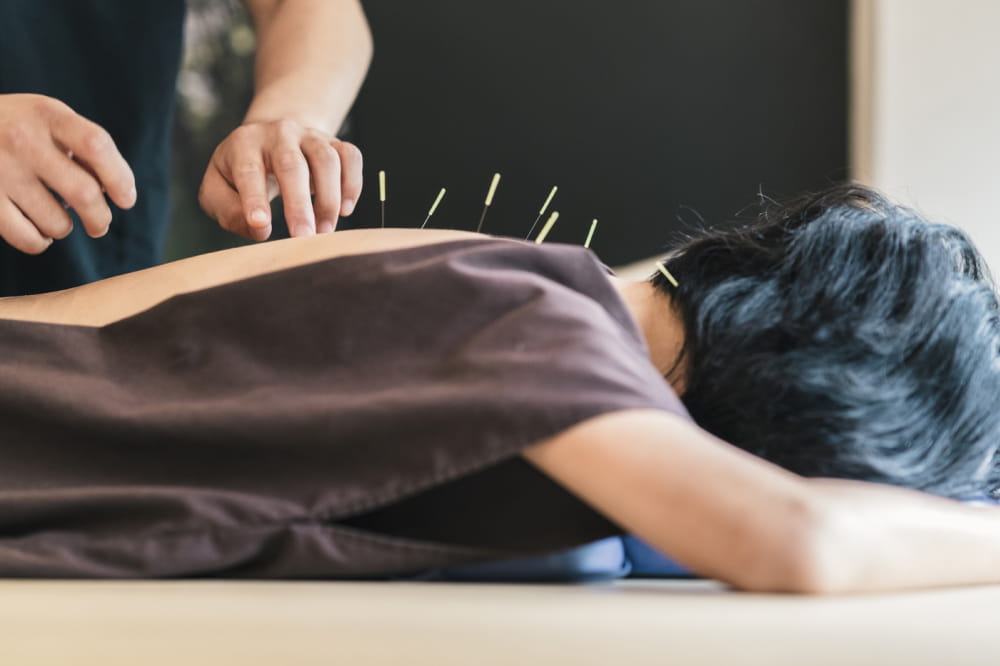
A brief guide to understanding acupuncture
Acupuncture, a traditional Chinese healing practice, has grown in popularity worldwide because of its ability to alleviate chronic pain, reduce stress, and manage the symptoms of various health conditions. Experts who developed the treatment believe it helps balance the flow of life or energy that travels through a person’s body. This post briefly explores the working of acupuncture, its valuable advantages, potential risks, and other critical aspects related to this therapy.
How does acupuncture therapy work?
Experts propagating traditional acupuncture believe a type of energy (called Qi or Chi) flows through the human body. And any disturbances in this energy result in various health disorders. They believe that acupuncture helps rebalance the energy across the body, thus helping cure the underlying ailment.
Acupuncturists (doctors specializing in acupuncture) say that our body has hundreds of pressure points across the fourteen significant meridians or energy-carrying channels. During the treatment, these pressure points are pricked, stimulating the body’s immune system to rebalance the body and react to a symptom or an illness. It also triggers the release of endorphins and other natural chemicals that control nerve impulses and relieve pain.
What happens during the treatment?
When a patient visits an acupuncturist, the expert discusses their condition with them. After this, they evaluate the individual’s body for areas that react to acupuncture therapy. Next, they prick the acupuncture points across the body. The tools used for this purpose are as thin as human hair, disposable, and sterile. The holes are made at varying depths, from a couple of inches to a fraction of an inch. The fine tools remain in the body for a few minutes to up to 20 minutes.
Does it hurt?
The pain is less than what one experiences when getting blood drawn. This is probably because the tools used for pricking are incredibly thinner and not hollow. However, patients may experience tingling or a dull ache. Acupuncturists usually ask individuals to report numbness or a deep heaviness, as these symptoms imply the treatment is not working.
What happens after the therapy?
Typically, acupuncture has a soothing impact. Hence, practitioners recommend that patients not drive home themselves and arrange for a pick-up, especially after the first session. If one cannot secure this ride home, they are advised to rest for at least five to ten minutes before driving. Lastly, the acupuncturist may advise taking it slow for 24 to 48 hours post every session.
What are the advantages?
Acupuncture is a prevalent treatment that helps manage several conditions. Some advantages are:
Compatibility with other therapies
Relieves aches in the neck, lower back, and knee
Alleviates pain related to headaches, migraines, and osteoarthritis
Low risk of developing side effects
Addresses multiple health concerns simultaneously
Some studies state that acupuncture also helps treat tendinopathy, fatigue, nausea, rheumatoid arthritis, and peripheral neuropathy. However, one must not employ it as a replacement for conventional treatments.
Are there any risks?
Every therapy comes with its share of disadvantages. Some common risks associated with acupuncture include:
Bleeding, soreness, and potential bruising at the insertion points
Infection from using unsterilized equipment
Damage to internal organs during insertion




